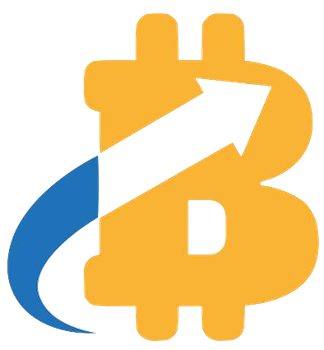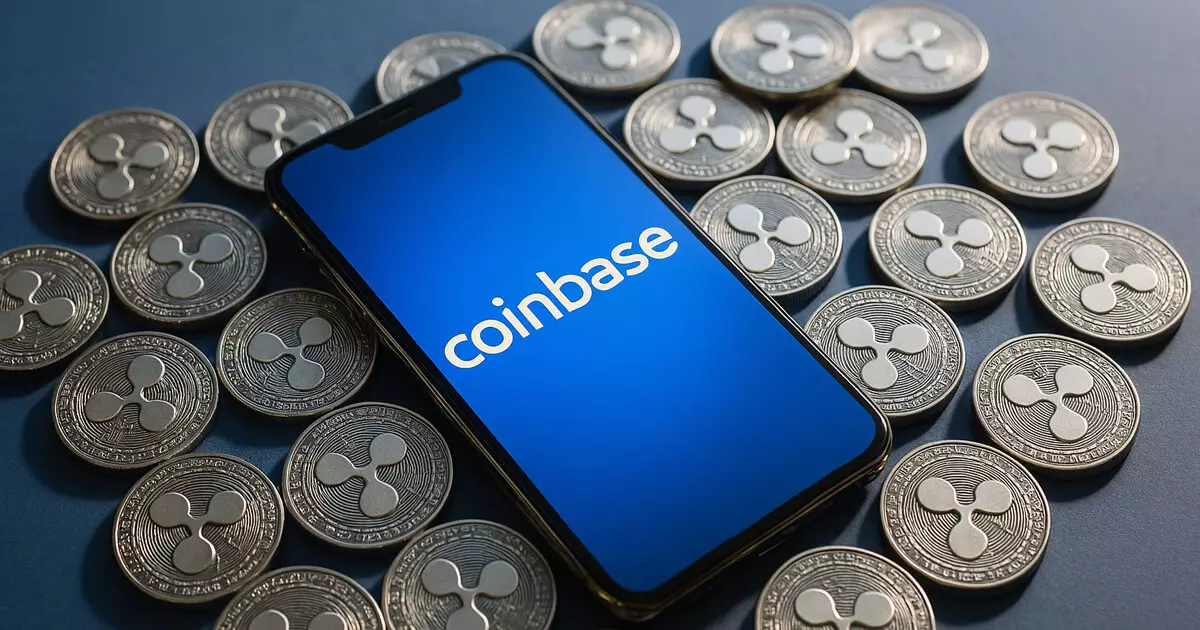Coinbase Derivatives is making waves in the crypto community with its recent filing to introduce XRP futures contracts to the marketplace. Scheduled to possibly launch as early as April 21, 2025, this development isn’t merely a minor update; it signals a strategic pivot that could redefine investor engagement with the digital asset. The self-certification process proposed by Coinbase allows them to bypass some regulatory hurdles, but this evaluative freedom presents a double-edged sword, risking a sense of complacency when navigating a volatile market.
The Ripple Effect of Market Legitimacy
Achieving legitimacy in traditional finance is paramount for any cryptocurrency, and the approval of XRP futures might give investors a precious bridge to cross that chasm. Traditionally, a market devoid of regulation breeds distrust among institutional investors, who are known for their risk-averse strategies. The interest from companies like 21Shares and Franklin Templeton to offer ETFs could be interpreted as a sign that institutional interest is catalyzing a significant shift. Nevertheless, the question remains: is this influx of institutional interest sustainable or simply a reaction to favorable conditions?
Will XRP Futures Be a Catalyst or a Hindrance?
The timing of Coinbase’s proposal is intriguing, primarily due to the timing surrounding Ripple’s recent settlement with the SEC. Many celebrate this legal triumph as a turning point; however, do we underestimate the implications of a regulated derivatives market? Bitcoin and Ethereum stand as historical examples of how futures trading paved the way for ETF approvals, yet their success didn’t come without substantial volatility. With XRP futures, we might find ourselves in similar scenarios—will we be able to withstand the speculative fervor that trading can incite, or are we merely opening Pandora’s box for even more manic trading behavior?
The ETF Ambitions: Timing vs. Regulation
Industry expectations of an XRP ETF are palpable, with experts like Nate Geraci stating that the current roadblock is more about timing than regulation. But this raises a critical point: What happens if the anticipated ETF fails to materialize? Market analysts are abuzz with optimism, but this can also signal overextension. As the cryptocurrency market is mercurial and sentiment-based, can we trust that the business model of relying on futures will withstand external market pressures? Such a miscalculation could lead to steep losses that ripple throughout the market.
Final Thoughts on Investor Sentiment
The last 24 hours have shown XRP as a resilient asset, defying broader market trends with more than a 2% gain despite underlying market weakness. This disconnect signals a growing confidence, yet one must remain cautious. The pervasive belief that the launch of futures could resolve existing regulatory ambiguities around XRP needs scrutiny. Investors should be wary of jumping on a bandwagon propelled by success narratives without examining the full spectrum of economic, regulatory, and market dynamics at play. In a world that demands caution and analytical prudence, it’s crucial to assess whether the burgeoning enthusiasm surrounding XRP is a legitimate opportunity or merely a fleeting mirage.



















Leave a Reply